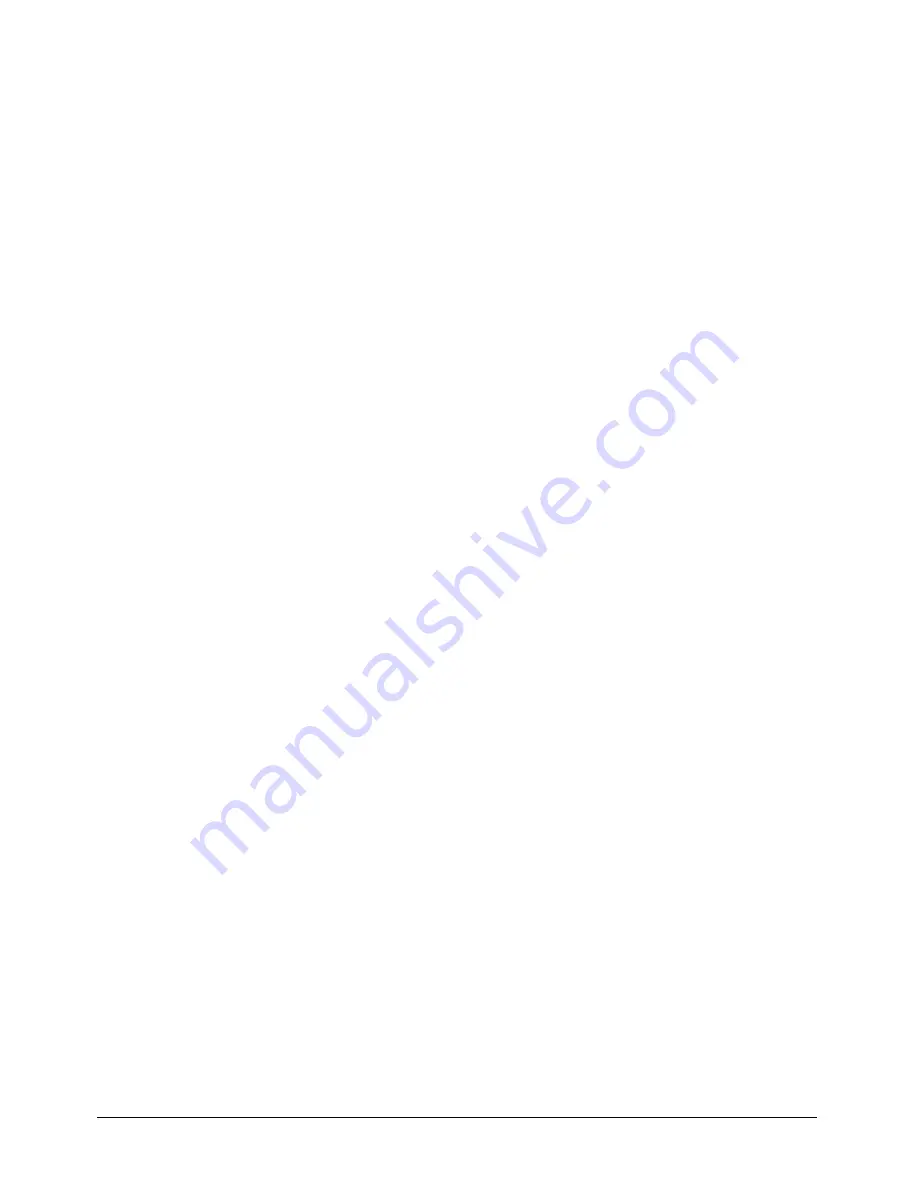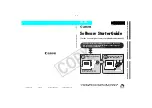
Chapter 1
22
Using toolbars
FreeHand has several toolbars that can either float or be docked along the top, left, and bottom of
the Document window. You can customize toolbars; for more information, see “Customizing
toolbars” on page 38.
You can display information about each tool as the pointer passes over it (see “Using tooltips” on
page 27).
FreeHand has the following toolbars:
•
The Tools panel is actually a toolbar. Like other toolbars, it can be docked to the top or bottom
of the application window. For more information, see “Using the Tools panel” on page 24.
•
The Main toolbar replicates many of the menu commands and lets you create, open, or save
documents; import files; find and replace graphics; lock and unlock objects; and display
commonly used panels. For more information, see “The Main toolbar” on page 23.
•
The Text toolbar contains common text commands and lets you choose a font, font size, font
style, leading, and alignment as well as other text-related functions. For more information, see
“The Text toolbar” on page 249.
•
The Envelope toolbar has tools for applying envelope transformations to objects or groups. For
more information, see “Creating perspective” on page 227.
•
The Info toolbar gives information on selected objects, depending on the object type and
current action. Possible items included in this toolbar are the object type, the pointer position,
the change in an object’s position, the object’s angle, the center of rotation, the radius, and the
number of sides the object has.
•
The Status toolbar (Windows) appears along the bottom of the Document window. For more
information, see “The Status toolbar” on page 25.
•
The Xtra Tools toolbar contains plug-in drawing and transformation tools, which can be
added and removed from the application. For more information, see “Using and managing
Xtras” on page 27.
•
The Xtra Operations toolbar contains buttons for applying path operations. For more
information, see “Combining paths” on page 127.
To dock and undock toolbars:
Drag the toolbar to the desired location.
An outline appears indicating where the toolbar will be dropped if you release the mouse button.
To show or hide toolbars, do one of the following:
•
To show or hide individual toolbars, select Window > Toolbars and select the toolbar name.
•
To show or hide all active toolbars, select View > Toolbars.
•
To show or hide the Tools panel, select Window > Tools.
Summary of Contents for FreeHand MX
Page 1: ...Using FreeHand MX Macromedia FreeHand MX...
Page 42: ...Chapter 1 42...
Page 192: ...Chapter 6 192...
Page 232: ...Chapter 7 232...
Page 288: ...Chapter 8 288...
Page 308: ...Chapter 9 308...
Page 340: ...Chapter 11 340...
Page 362: ...Chapter 12 362...
Page 374: ...Chapter 13 374...
Page 388: ...Chapter 14 388...
















































